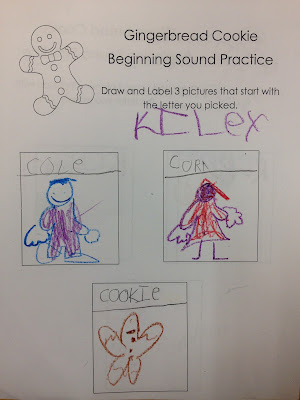I See, I Think, I Wonder is a thinking routine we use in the classroom to help teach children to think critically. We have used it to show thinking about an object ( art work or items found in nature) or to show thinking about about an idea. I See, I Think, I Wonder is a way for children express their ideas & thinking with others. It is a strategy developed out of Harvard's Project Zero. Originally developed to help children think critically about art and artwork. In our classroom we have used it for art but also when we are beginning a new investigation.
The idea of using a thinking routine in the classroom for me, is based on the importance and the value all routines have for children. We have routines for all we do, having one to engage in the critical thinking process seems only logical. This routine has been established in the same way we have with all others: modeling, plenty of practice, and into a gradual release of responsibility.
Click here to find out more about Project Zero's Thinking Routines
This week we created beautiful artwork for our classroom art gallery. To inspire the group we began by using the Artful Thinking Routine to look at this piece of art work. This piece was chosen as we began a new investigation of FEELINGS.
A sampling of children's responses included:
I See... I Think... I Wonder...
* "a tree" *"gumballs grew" *" If lollipop trees are real?"
*"lollipops" *"it is in Rainbow land" *"What are the letters for?"
*"gumballs" *"It makes me feel happy" *"How many blue swirls are there?"
*"a rainbow" *"The artist used their fingers"
*"red" *"There are 100 circles"
*"letters" *"The artist's name is Jeff"
*"circles"
*"lots of colors"
Photos of the process.
Painting the colorful background
Twisting the paper trees. A great fine motor activity.

Completed works of art.
Although we were all inspired by the same art piece, each finished piece of child's art is as individual as they are.
Extending learning into the area of math using familiar graphics.
I See, I Think, I Wonder.....
What do children see when they look at 2 different "Lollipop Trees". Here we are beginning to look and share NUMBER COMBINATIONS.

Responses from our class:
"4 purple and 2 purple make 6 purple altogether"
"1 yellow plus 2 yellow make 3 yellow"
" 4 blue swirls plus 2 blue swirls equals 6 blue swirls"
"14 on one tree and 6 on the other tree make 20"
In our classroom we use a variety of methods & activities to help children visualize and share thinking for number combinations. This video is a great way to see visualization in action in the kindergarten classroom. Visual Number Combinations
There is always so much happening in the room.
Until next time....
































































































